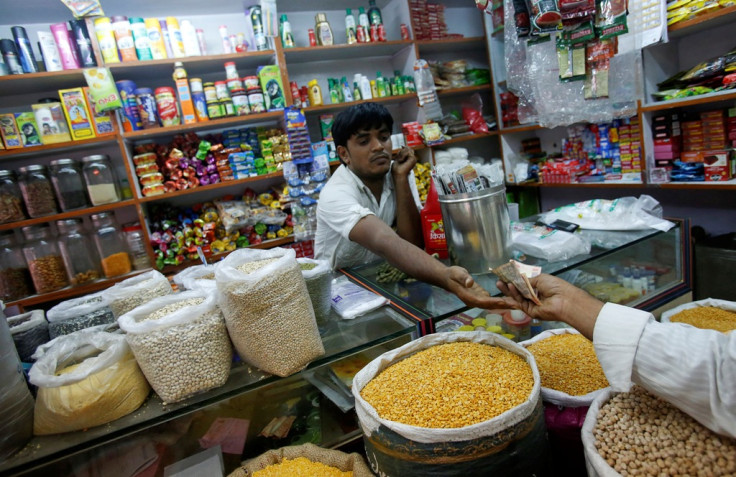India: Wholesale Price Inflation Jumps to Five-Month High of 6.01%

Rising food and fuel prices pushed up India's wholesale price inflation (WPI) to a five-month high in May, adding to fears that poor monsoon rains could boost food prices in Asia's third largest economy, hurting economic growth.
Wholesale prices jumped 6.01% in May, according to the latest government data.
The rise compared with a 5.4% annual increase forecast by a Reuters poll of economists, and a 5.20% increase in April.
Bond yields fell and the rupee weakened following the news. The benchmark 10-year bond yield rose 3 basis points to 8.64% while the rupee weakened to 60.23 to the US dollar, its lowest level since 6 May.
Besides, the news does not bode well for Indian businesses demanding a more favourable central bank interest rate regime.
Miguel Chanco, India Economist at Capital Economics said in a note to clients: "The acceleration was broad-based. Primary articles inflation, which consists mainly of food items, rose to 8.6% y/y from 7.1% in April. Meanwhile, fuel and power inflation bounced back up to 10.5% y/y from 8.9% previously. Non-food manufactured products inflation, a proxy for core inflation at the wholesale level, inched back up to 3.8% y/y after having moderated for two straight months."
"Going forward, however, the outlook for wholesale price inflation appears benign. PMI surveys suggest that input price pressures in general should soften from here. The input price component of the composite PMIs, which includes both manufacturing and service sectors, fell to its lowest level in a year in May. What's more, base effects are likely to put downward pressure on y/y inflation. Indeed, after it bottomed out at 4.6% y/y last May, wholesale price inflation increased markedly from June (5.2%) to November (7.5%).
"Nevertheless, the central bank is unlikely to consider cutting interest rates even if wholesale price inflation moderates in the months ahead. Crucially, consumer price inflation, which has displaced wholesale price inflation as the central bank's main gauge of inflation under Raghuram Rajan's governorship, remains stubbornly elevated at over 8% y/y.
"Overall, until the central bank feels comfortable that consumer price inflation will fall below its interim target of 8% by January 2015, repo rate cuts are likely to remain off the table," Chanco added.
Monsoon a key variable
Barclays Capital said in a note: "For the Reserve Bank of India (RBI), this year's monsoon rainfall will likely be a key variable in calibrating monetary policy, as the rains will have implications for both inflation and growth. The RBI expressed a marginally dovish stance in its June policy statement, in our view. But El Niño-related risks cannot be discounted, in our view. If the monsoon rains fail in the coming months, concerns of higher food inflation are likely to return.
"However, the IMD expects monsoon rains to be ~93% of normal in 2014, according to its latest projections. If the IMD's projections are correct, we would expect any damage to the trajectory food inflation to be limited. We are already seeing signs of retail inflation turning more manageable. With a likely softer inflation trajectory, a largely stable outlook for the INR and only a limited uptick in growth momentum, we think there would be increased room for a more balanced monetary policy stance in 2H 2014."
The WPI figures follow 12 June's data that showed consumer price inflation (CPI) hit a three-month low of 8.28% in May.
On 3 June, the RBI left its key policy rate unchanged at 8% but eased rules to encourage bank lending.
The annual monsoon accounts for 70% of India's rainfall and irrigates more than half its farmland.
© Copyright IBTimes 2025. All rights reserved.






















